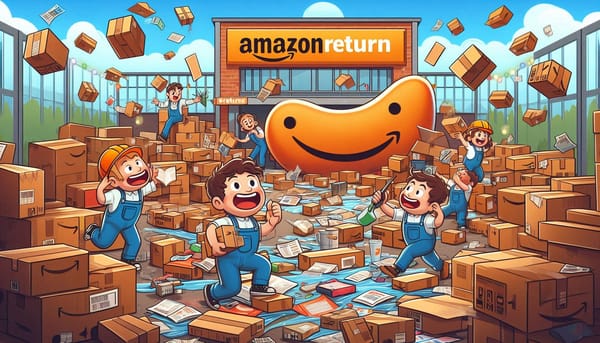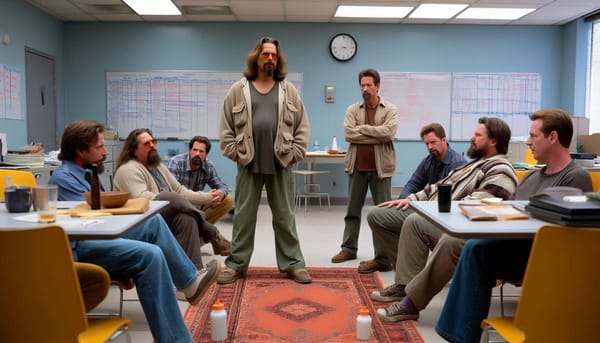Five Little Words
Hearing obstruction from engineering can be frustrating, but with some effort, product management can counter the dreaded 5 words, and win consensus

Five little words. "That feature doesn’t sell products". Seems innocuous enough, but it can mean the death of product development when uttered by engineering.
Product Management is tasked with defining what a product should do, what features are needed, and how to compare/differentiate vis-a-vis with the competitors. We write requirements and guide them into and through the development process.
All to have engineering remove features that they don’t believe drive value. Unfortunately, engineering often isn’t cognizant the concept of “whole product“. That beyond the core widget are the services and traits of the product that extend the offering, and provide the unique value proposition, thus enticing the customer to choose to purchase your product or service.
What it boils down to is, engineering doesn’t understand that when all the competitors have a feature (from the cheap knock-offs up to the best-in-class products) that it no longer is optional, but part of the table stakes to play the game.
While engineering may be technically correct, that feature X is not the reason why people will buy your product, what they fail to realize is that not having it may be the key reason to not buy your product.
Recommendation: Don’t get into a battle about the table stakes, the “expected” product is non-negotiable
An example: When people are buying a car, rarely do they consider something like a full-size spare tire as a must have. But not having a spare tire at all? That would indeed prevent a rational person from buying a car (unless the car had “run flat” tires). No amount of horsepower, or V8 engine, or cool gadgetry will get around that one deficiency.
When you are entering a new market, with a new product, where there are already established players, you must not assume that you can disrupt the “Expected Product” because of one singular dimension that you are superior. That might spark interest, but it is never enough on its own.
The lessons of the Whole Product, the Expected Product (aka the table stakes to play), and the Extended Product (differentiators that make the product easier to choose) are clear.
Wrapping up
Those five little words should not be accepted without challenge. We are trusted to push back, to develop a whole product strategy, and to be constantly on the lookout for how to expand the ecosystem of the product with features, services, and other ways to become a leader, instead of a follower.



